Snapback: Speed is the puzzle.
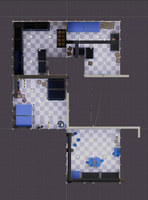
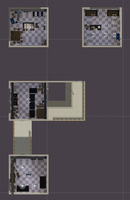

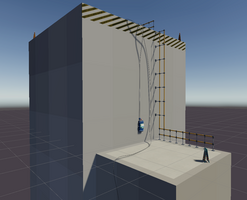

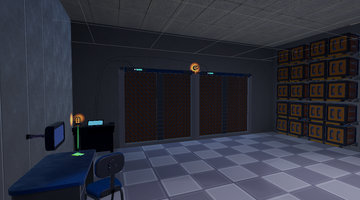
So you have to design puzzles for your game. How are these puzzles presented to the player? Do you make it incredibly obvious or incredibly subtle? Do you do both? In this weeks blog post I want to dive into the puzzle design for the upcoming student project game: Snapback.
When you have to teach a player a lot of mechanics in a short period of time, breaking these mechanics down into steps is a necessity. This is incredibly important because if you can’t effectively communicate to the player how their ability and actions affect the game world, they won’t be prepared to take on later challenges and thus, not seeing the rest of your game.
Let's take a look at the puzzle design of level 2. Learning to Teleport and Snapback. 
This level forces the player to interact with a key mechanic of the game. Teleporting across the gap. There is no way the player would be able to beat the game without learning to comfortably utilize this mechanic, so forcing the player into an incredibly confined space with a clear goal works well in this situation.
Level five is the first required test of this skill.
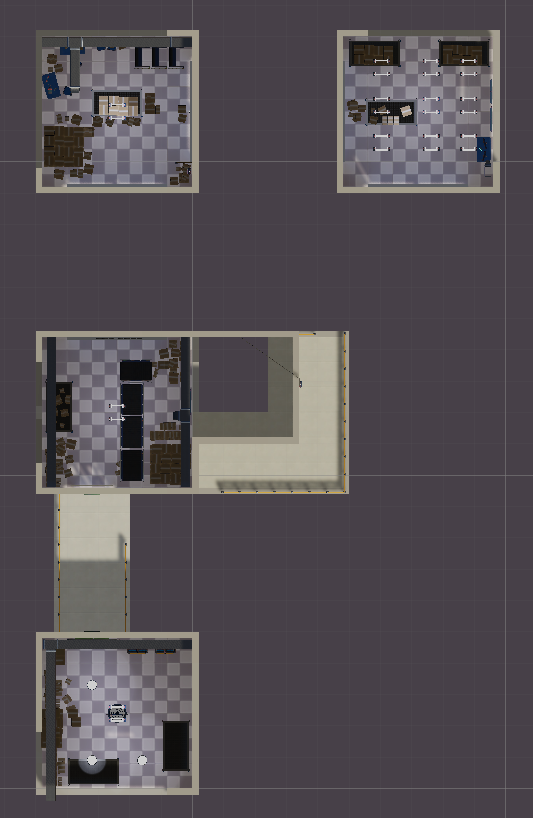
In level 5 the player is required to chain teleports together in order to complete the objective. There are 2 possible routes for the player to take, both requiring the player to teleport twice so the player ends up learning the same key aspect to the game no matter which route they take. As Snapback also has a timed speed running element, the only thing left is for the player to figure out which route is faster.
A different example of this is in level four where the player learns how to deactivate lasers.

A key design concept is exemplified here as the player can exactly what the button does in the same view as when they press the button. Pressing the button to turn off lasers is explored again but without having the lasers in the same view when they press the button later because they had to teleport past them in order to complete the level.
Another aspect there to help the player are the color coded lights. These are on every single desk with a button to help indicate to the player what exactly each button is effecting. This isn’t outright told or taught to the player but anyone paying attention will notice it. I wouldn’t classify this as subtle but as something easy to pick up on without being outright told.
In the next still (taken from level eleven) the railing and cables act as leading lines showing the player where to go next.

The striped ledge also indicates to the player that they can teleport there. Another less subtle yet highlighted detail in the game and all the levels leading up to this moment in the game.
The last “Puzzle” aspect i’d like to examine in this post can be found in level 7.
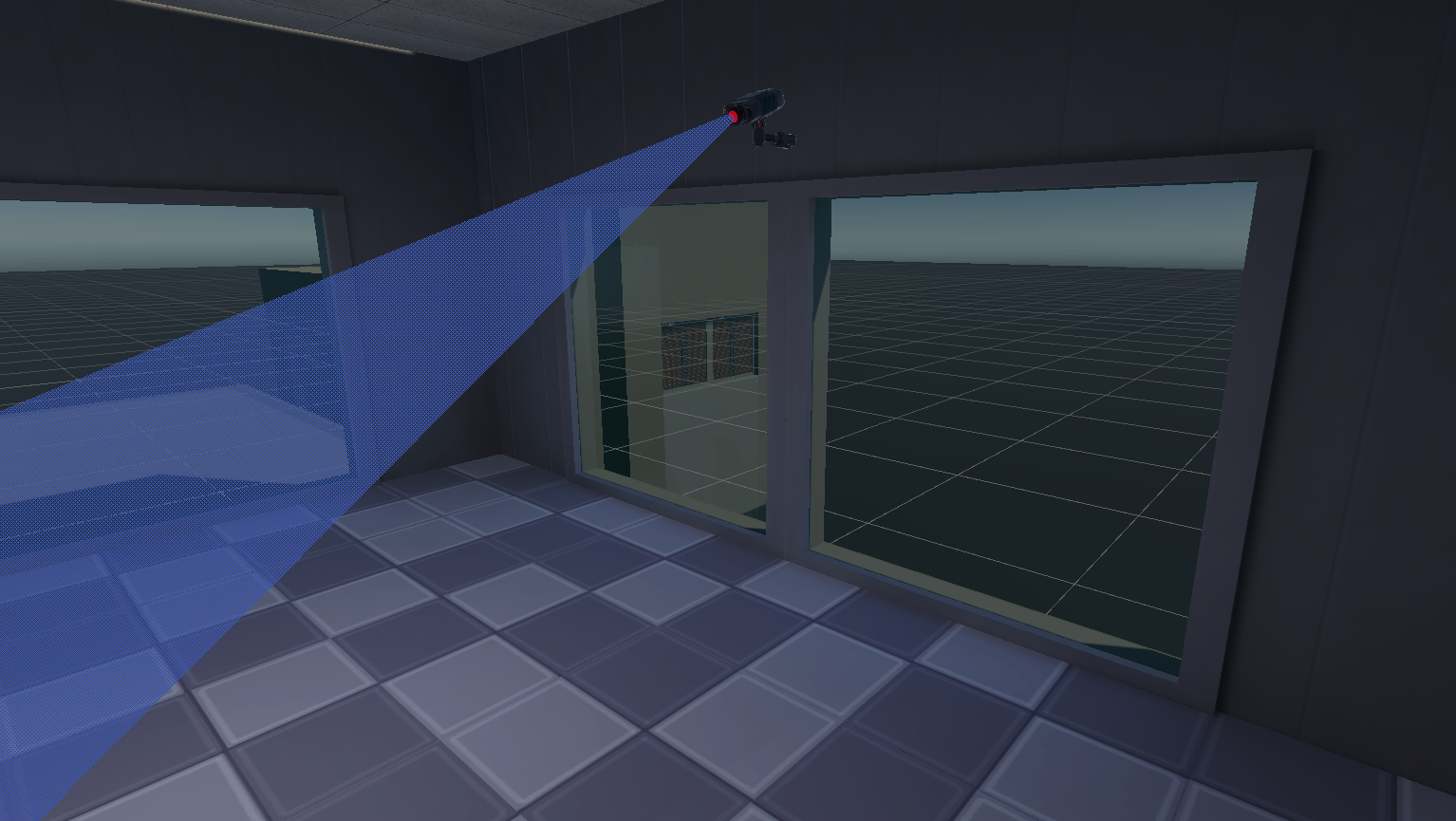
The player is encouraged to teleport through this room because of the sweeping camera and lethal turret setup in this room. By teleporting across to the ground outside the player can leave their Snapback location in line of site of the closed shutters in the background of the image.
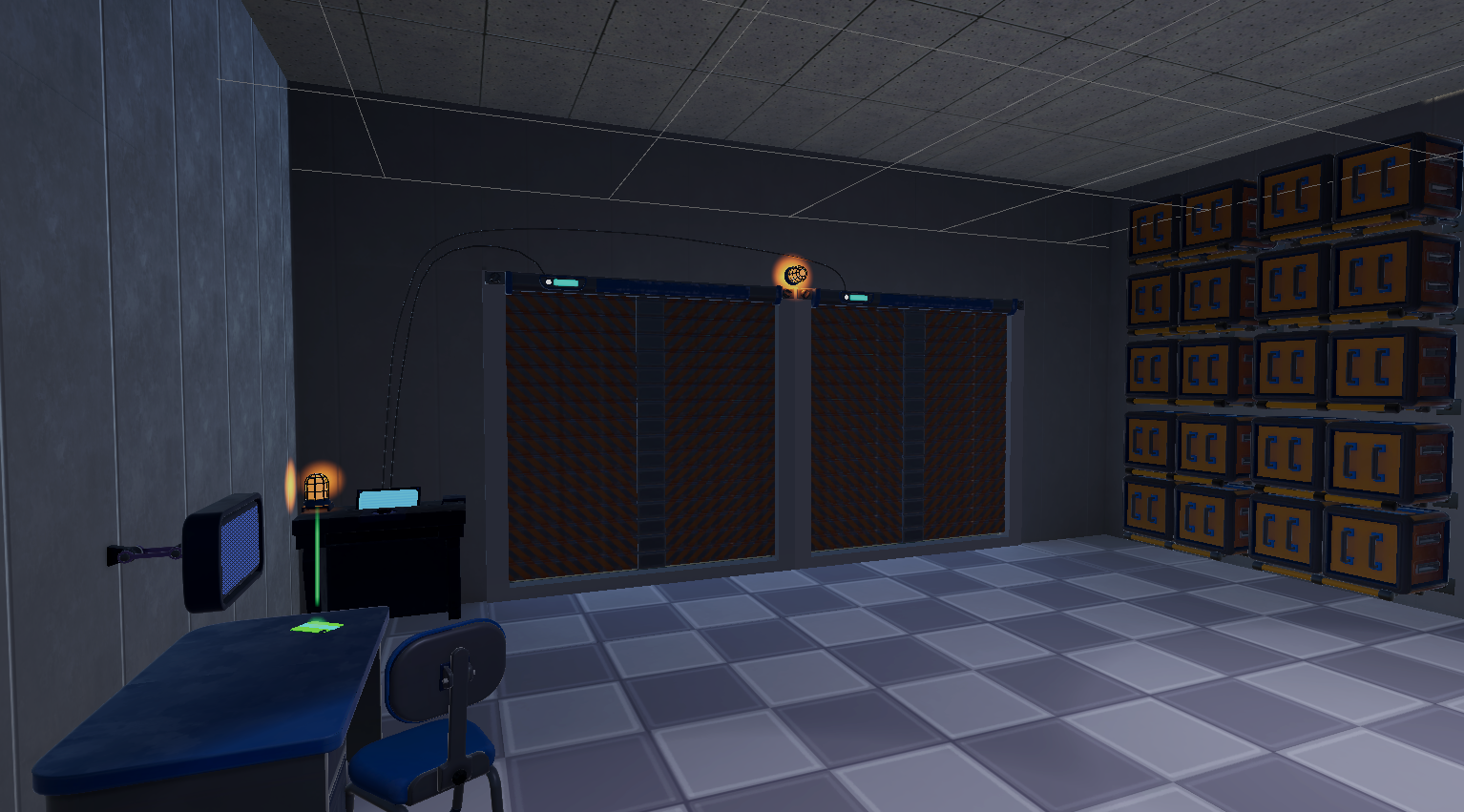
Once the player is in the objective room they can find the button lifting the shutters and allowing them to snapback to the window room in the previous slide, cutting out a huge chunk of time and earning them a higher score on level completion.
A lot of the puzzles in Snapback are designed around the players ability to shave time off their run. Because the puzzle lies in how fast you can complete it, players who can’t figure out a faster time can still progress in the game without having to figure out every trick to every level. This solution helps ensure that players can progress without having to solve every puzzle and creates an interesting dynamic between puzzle solving and time shaving.
Get Snapback
Snapback
Speed-Runner Puzzle Platformer
| Status | In development |
| Authors | Shadowlight Gaming, Cats With Knives, theDoorProblem, Daniel Page, Seventyfive2, TheBudSkywalker, Tom |
| Genre | Action, Platformer |
| Tags | Dystopian, First-Person, Puzzle-Platformer, Robots, Singleplayer, Unity |
More posts
- Shaders Shaders EverywhereJul 24, 2023
- Game Balance is HardJul 18, 2023
- Saving Player DataJul 04, 2023
- My 3d Modeling Workflow for SnapBackJun 27, 2023
- The Art of CodingJun 26, 2023
- UIJun 20, 2023
- RotationsJun 13, 2023
- The Level Design of SnapbackJun 12, 2023
- Snapback Mechanic DesignJun 06, 2023
Leave a comment
Log in with itch.io to leave a comment.